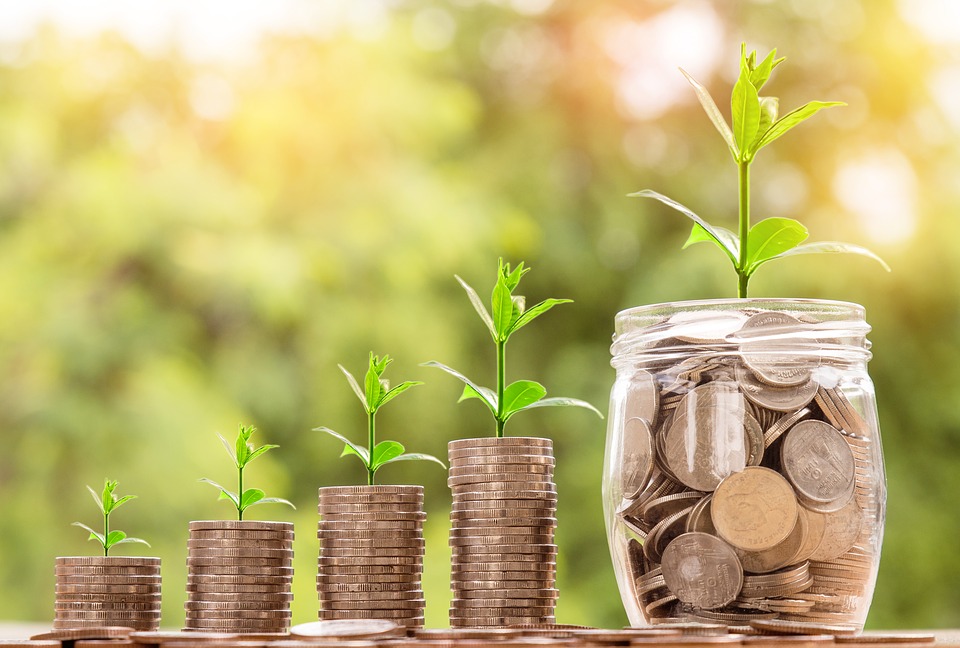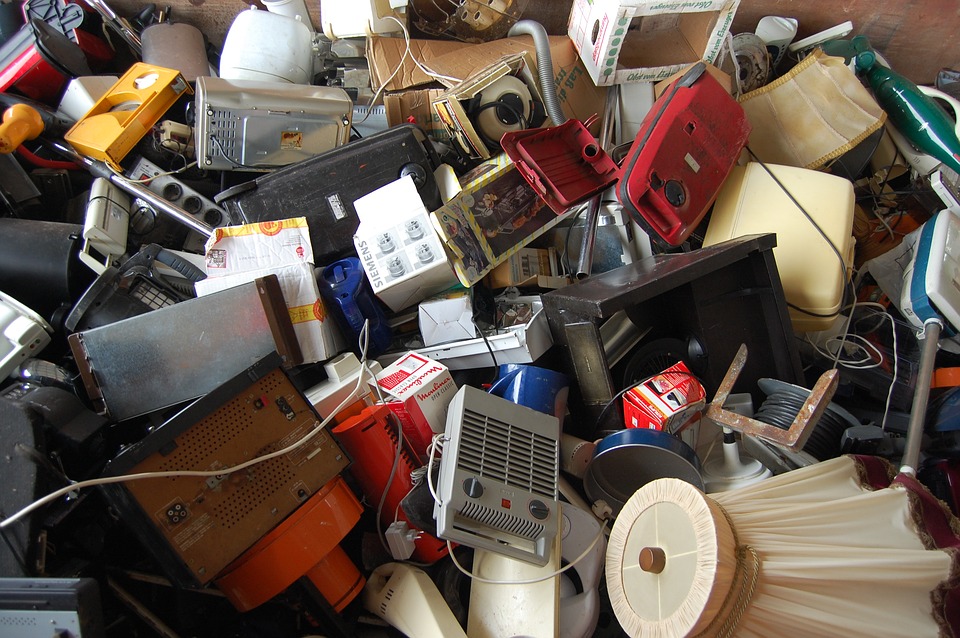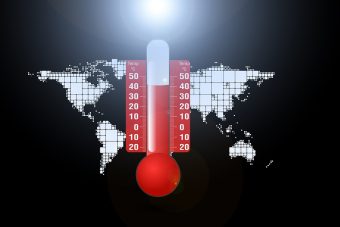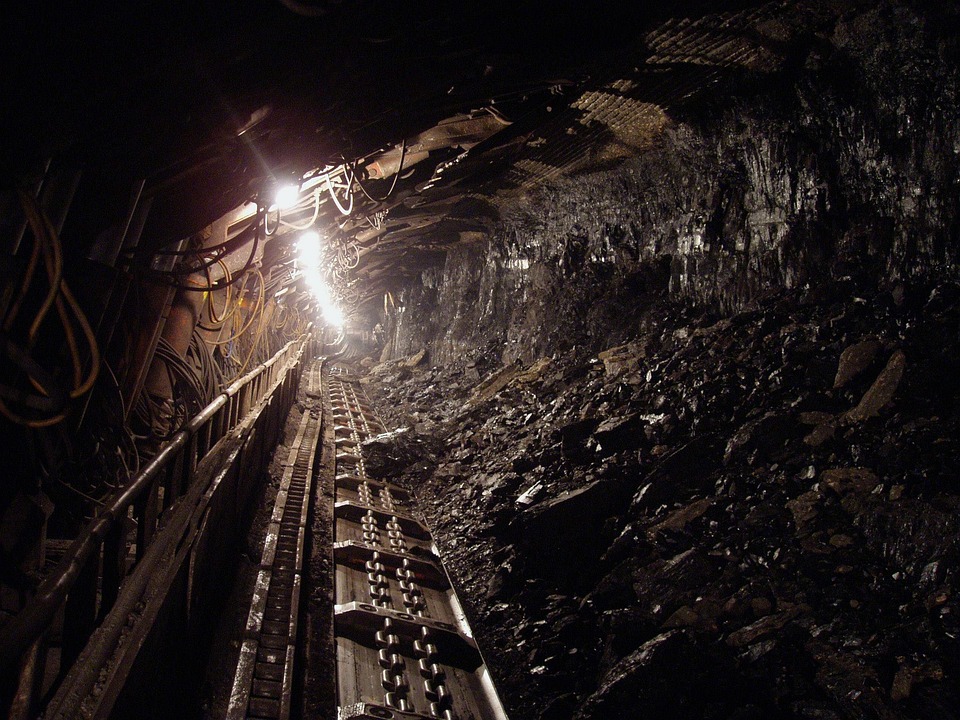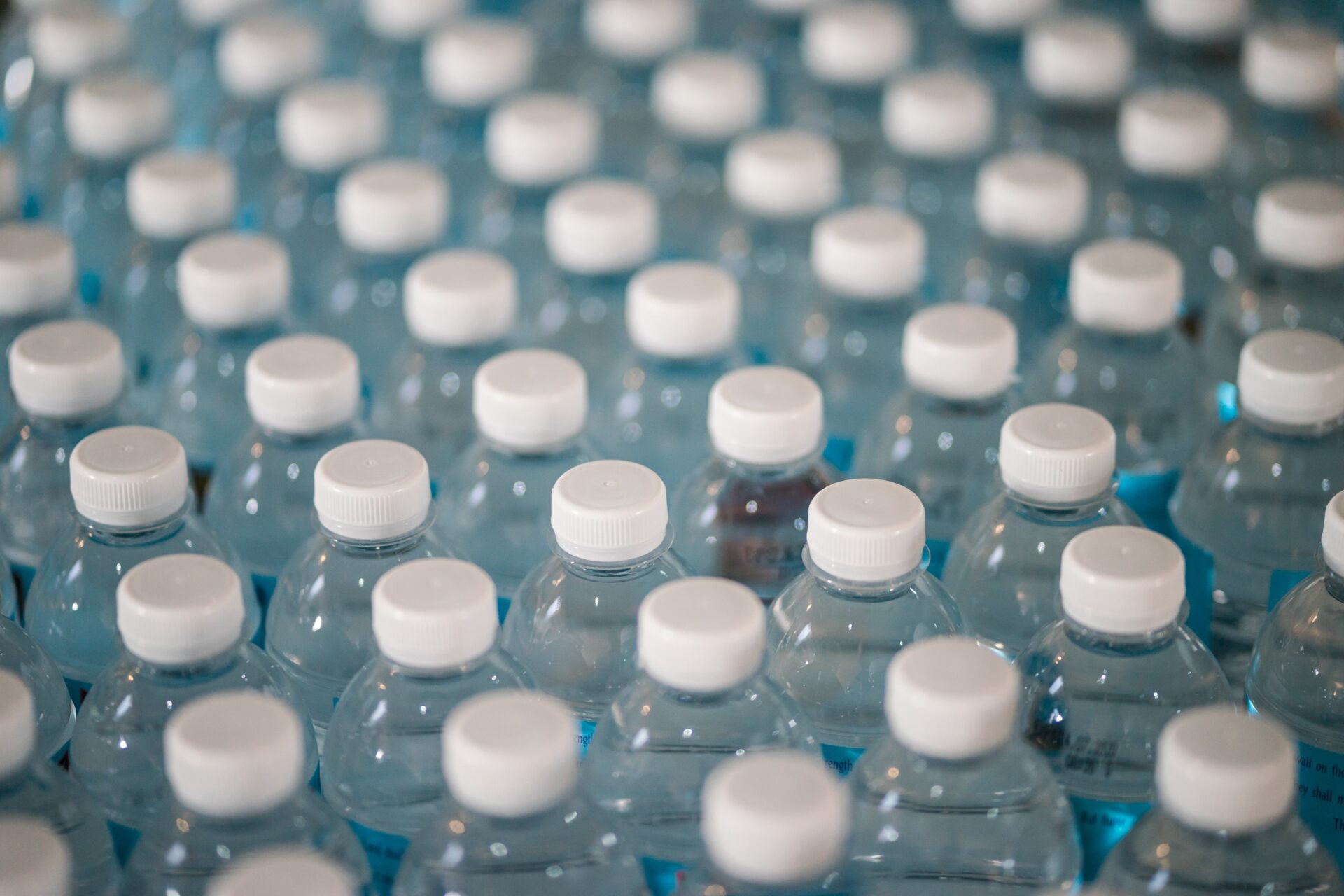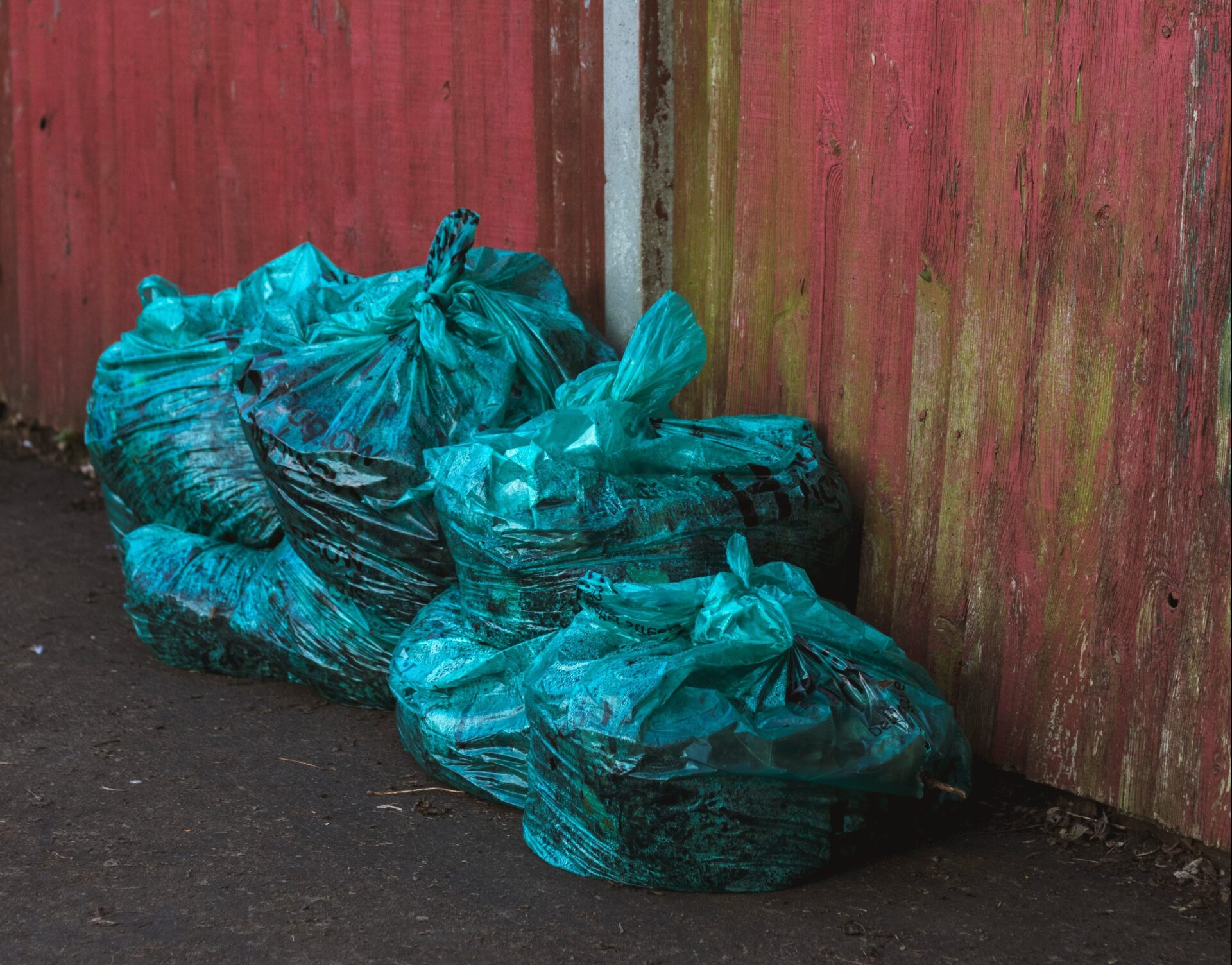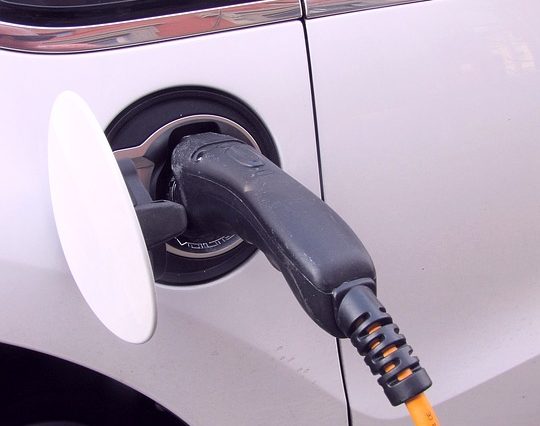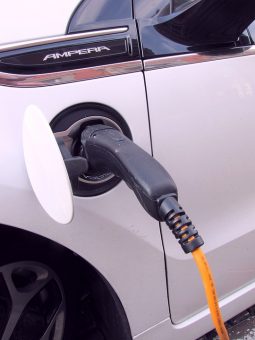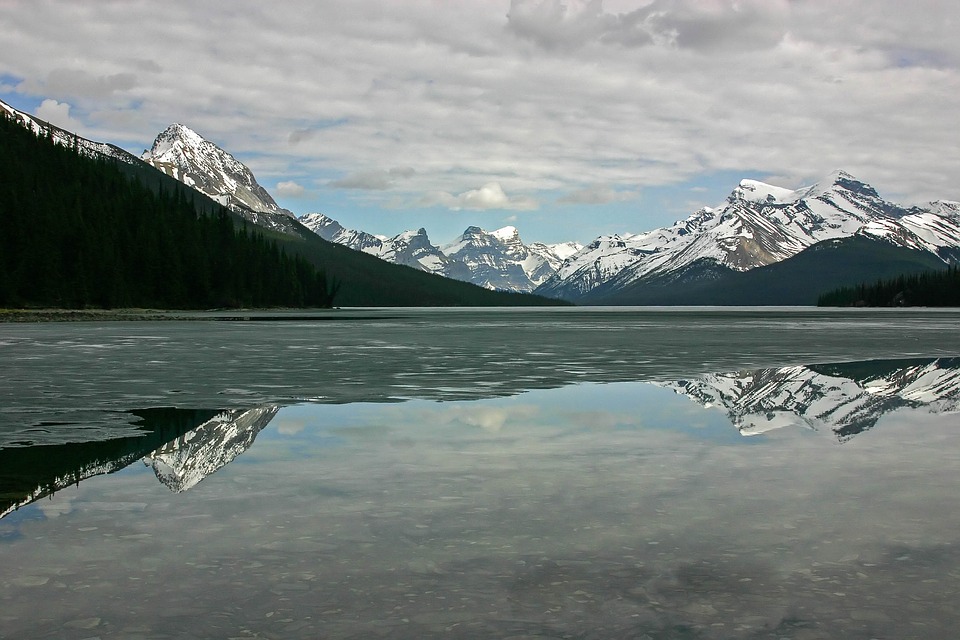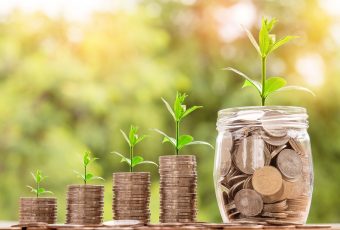
The European Commission has announced an investment worth €116 million (£102m) to support 12 large-scale environmental and climate projects.
They are being funded under the LIFE programme for the Environment and Climate Change, which has a budget of €3.4 billion (£3bn) between 2014 and 2020.
Projects include the replacement of polluting household heating systems, development of sustainable public transport and infrastructure for cycling and electric vehicles (EVs), flood risk management and nature conservation as well as carbon sequestration.
They will be implemented in 10 member states – Austria, Bulgaria, Czechia, Estonia, Finland, Greece, Hungary, Italy, Portugal and Slovenia.
Miguel Arias Cañete, Commissioner for Climate Action and Energy said: “The Commission proposed to build on the positive experience with climate mainstreaming and further strengthen climate action in the next EU long term budget.
“This increase in ambition will strengthen climate action in key areas, such as agriculture and rural development and external action and increase dedicated funding for climate action under the LIFE programme.”
Source: Energy Live News


